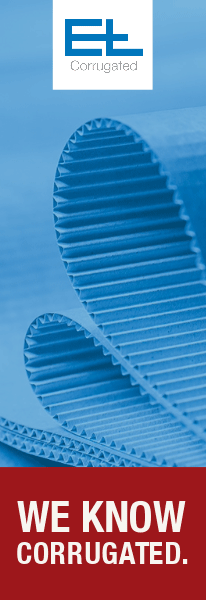Europe’s packaging supply chain is under pressure to invest in recycling infrastructure and sustainability measures as China looks set to impose a total ban on recovered paper imports, according to a new report from Rabobank. The bank makes the warning as restrictions imposed last year by China on recovered paper imports look set to be tightened to a close by the end of 2020. A total import ban by China could cost UK exporters up to £405m.
The two biggest exporters of recovered paper, Europe – which currently exports four million tonnes of recovered paper to China – and the US, have to-date opted to redirect large flows of recovered fibre to India and Southeast Asia to ease pressure on potential oversupply caused by the decreased demand from China. However a total ban will require a different approach to make up for an increased oversupply, with the packaging supply chain needing to significantly invest in recycling infrastructure.
Import quotas in China for recovered fibre have been declining by roughly 30% year-on-year since 2016 and the country’s papermakers are implementing a range of strategies to source a stable supply of fibre to become a global environmental superpower. These include establishing domestic recycling methods in China through to investing in players in the supply chain overseas. China’s legislation has led to average prices for the UK’s exported OCC and mixed paper dropping by 30% and 70% respectively since its implementation. Across Europe, average prices have also fallen by 30% and 40%. Lower prices are likely to persist over the next two years as imports to China continue to diminish.
Natasha Valeeva, packaging supply chain analyst at Rabobank, said, “China’s move towards zero recovered paper imports will likely leave those in the industry with an oversupply that won’t be nullified by exporting to other markets. Last year, the tonnage of exports to alternative Asian markets were not enough to make up for the volumes lost from China. A different approach will be called for. Europe’s recycling infrastructure wasn’t designed for the volume of packaging it is currently handling. Quantities have increased in recent years as a result of the rise of global e-commerce giants and often ends up unsorted in household waste bins. Investing in infrastructure and relooking at collection, sorting and recycling methods are the obvious solutions, but stringent regulations and sustainability measures across Europe make this easier said than done. Other options exist, whether through placing more of a focus on separation methods or setting recycling targets to be hit. We’re already seeing some collaboration and more vertical integration across the supply chain between recycling firms, paper, packaging companies and local authorities in response – as well as a rise in M&A activity – but the clock is ticking down. Europe’s packagers won’t be able to paper over the cracks that emerge out of China’s import ban and will be required to place a greater focus on the recycling infrastructure in the years ahead.”



